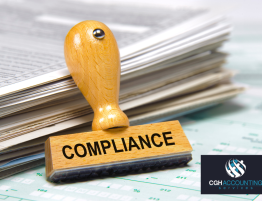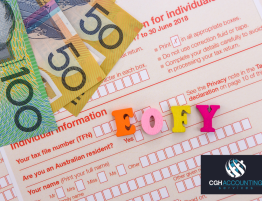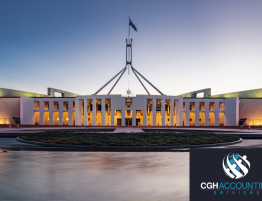
We’ve got a change of government but what does Labor’s win recently mean for your taxes?
Tax cuts
The so-called “stage three” tax cuts have already been legislated under the previous government and will happen barring some undeclared change in the Labor party’s position.
As a reminder, the tax cuts will see the 32.5% marginal tax rate cut to 30% to make one big tax bracket between $45,000 and $200,000 (the 37% tax bracket will be entirely abolished), from 1 July 2024. This will be particularly effective for higher income earners, with gains of $1,125 per year for an individual on $90,000, rising to $9,075 per year for a person on $200,000 or more.
Tax Rises
With the abolition of the Low and Middle Income Tax Offset also locked in (it wasn’t extended in Josh Frydenberg’s last Federal Budget), those who currently receive it will notice what’s effectively a tax increase when they submit their 2023 tax returns (the LMITO is still in place for the 2022 returns). This could be a rise of up to $1,500 for those entitled to the full LMITO. There are no announced proposals for the Labor party to reverse Frydenberg’s decision.
Taxes on property
There are no changes to “negative gearing” or any other taxes on investment property. The general 50% discount for Capital Gains Tax is also safe.
First home buyers
The opposition (now the government) announced the introduction of an equity contribution scheme to help first home owners get a foot on the property ladder. Eligible home buyers will need a minimum deposit of 2 per cent, with an equity contribution from the Federal Government of up to a maximum of 40 per cent of the purchase price of a new home and up to a maximum of 30 per cent of the purchase price for an existing home.
You will be eligible if you:
- Are an Australian citizen of at least 18 years of age.
- Earn $90,000 or less per annum for individuals, or $120,000 or less per annum for couples.
- Live in the purchased home as your principal place of residence.
- Don’t own any other land or property – either in Australia or overseas.
- Have saved the required minimum 2 per cent deposit of the home price and qualify (and can finance) the remainder of the purchase through a standard home loan with a participating lender.
- Pay for any associated purchase costs like stamp duty, legal and bank fees. Homebuyers will also be responsible for ongoing property costs like rates, strata and any other bills.
During the loan period the homebuyer can buy an additional stake in the home when they are able to do so. The minimum stake that a homebuyer can opt to purchase at any one time is 5 per cent.
If the homebuyer’s income exceeds the Help to Buy annual income threshold for two consecutive years, they will be required to repay the Government’s financial contribution in part or whole as their circumstances permit.







